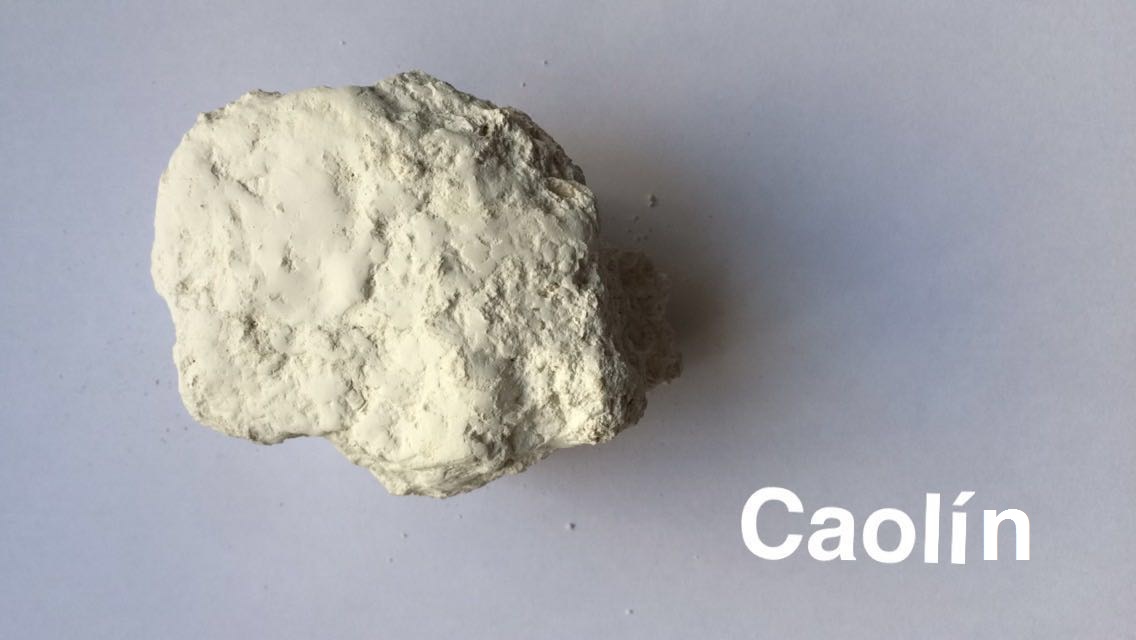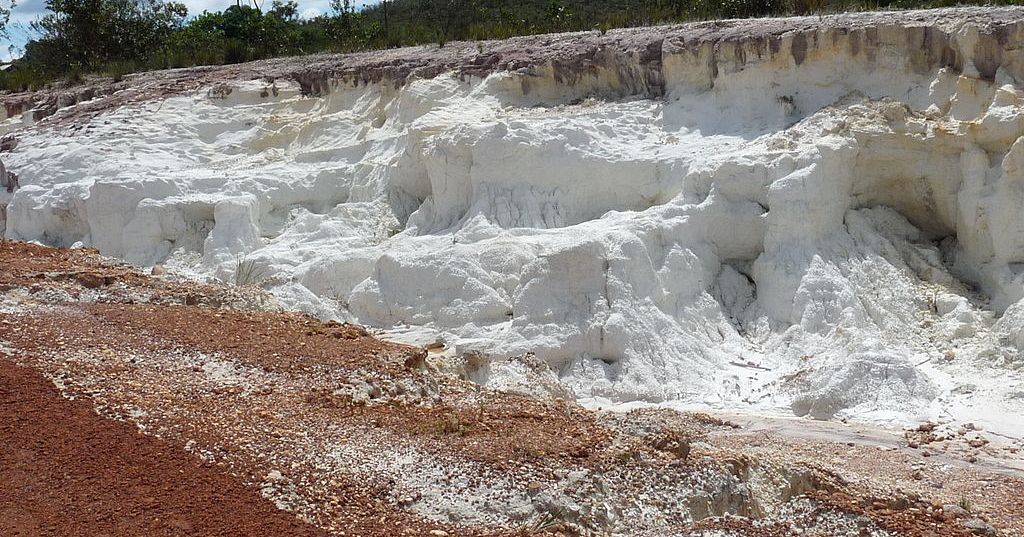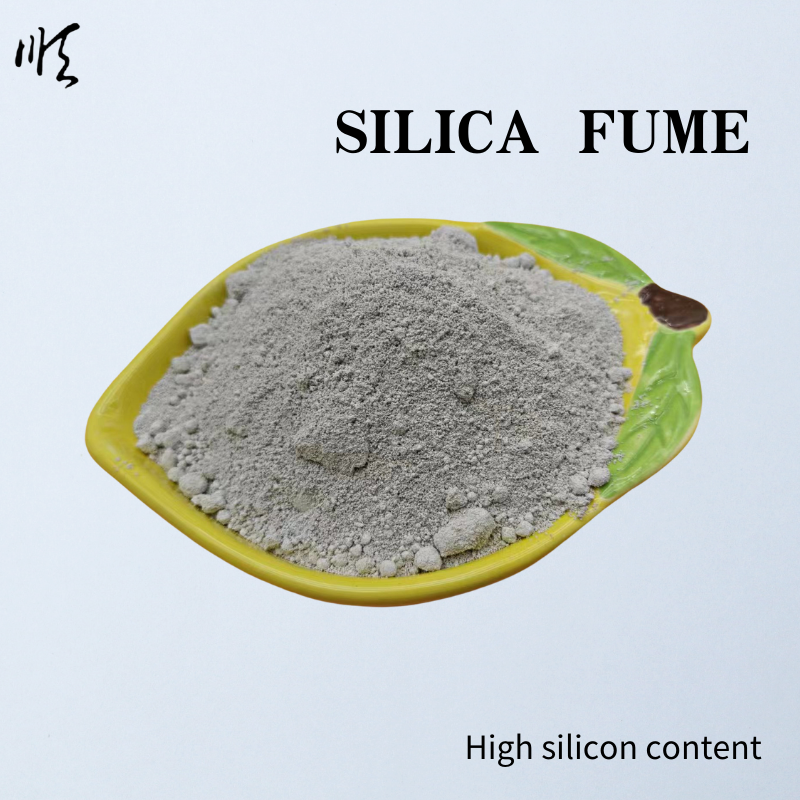Mexico has a large number of kaolin deposits, representing around 84% at the national level, according to data from the Ministry of Economy (2007). The main kaolin producing entities are: Veracruz, Guanajuato, and Hidalgo. Other producing states are also: Zacatecas, Jalisco and Chihuahua. The kaolin deposits in Mexico are very irregular, they come in various qualities, very heterogeneous sizes and with impurities such as iron oxides, quartz and silica. It is mainly channeled to the cement, paint, ceramics, paper and rubber industries. Most of the kaolin deposits are found on ejidal lands.
The kaolin industry in Mexico has ample possibilities to develop further and take advantage of the existing demand. Among the actions that would have to be undertaken to make this possible are: carrying out an inventory of the mineral, which would allow identifying its vocation and consolidating the supply to the industries; On the other hand, the modernization of the production chain would guarantee the elevation of production to the level required by demand.
But what is kaolin?
Kaolin is a non-renewable mineral, it is a hydrated aluminum silicate, mainly a product of the decomposition of rocks. The term kaolinite is derived from the Chinese Koa-ling, which means “High Hill”, the name of the mountain from which kaolinite was first shipped to Europe for ceramic uses.

Kaolin is the clay in which the mineral kaolinite predominates; white in color, although it can have different colors due to impurities; usually matte earthy sheen; it is hygroscopic (absorbs water); Its plasticity is low to moderate. Other important properties are its whiteness, its inertness to chemical agents, it is odorless, electrically insulating, moldable and easy to extrude; It resists high temperatures, is non-toxic or abrasive and has high refractoriness and ease of dispersion. It is compact, soft to the touch and difficult to fuse. It has great covering and absorbing power and low viscosity in high percentages of solids.
Within the kaolin extraction process, many phases are involved, such as:
• Extraction: Kaolin is exploited in the open air and from the mines it is transported with an average moisture content of 10 to 18%, to the processing plant.
• Crushing: After having the raw material, the size of the rock is reduced by means of a jaw crusher, resulting in a rock smaller than the original and almost uniform.
• Drying: The already crushed kaolin is conveyed by a bucket conveyor to be discharged into the feed hopper of the rotary type dryer against the current. The above is in order to eliminate humidity.
• Grinding: The dry kaolin falls onto a belt conveyor that takes it to the feed hopper of the roller mill to reduce its size between 200 and 325 meshes. The previously pulverized material will rise to where the classifier is located.
• Classification: In the classifier, the desired product will be separated and the oversize will fall to be processed again in the grinding.
• Collector: The selected kaolin is transported pneumatically by means of a centrifugal compressor to a kaolin collection system, from where a sample is taken for quality control, determining its humidity and granumelometry, if it meets the specifications it is taken to the warehouse. of finished product ready for the market, otherwise it is processed again.
• Micronization: In the event that the mineral is directed to the paper industry or others that require greater fineness, it will be necessary to go through the micronization process where the mineral is pulverized to different meshes greater than 325, when passing through the micronizing mills. from which a minimum product of 400 meshes or finer will be obtained.
• Packaging and shipping: The products obtained from micronization will be deposited in hoppers for packaging and will subsequently be shipped.

The uses and applications of kaolin in industries are very varied, but in general, it can be used for:
Paper loading and coating
In the finishing of art and wallpaper paper and on corrugated paper. Reduces porosity and gives softness and shine to the surface.
Refractory
In the production of refractory profiles, blocks and bricks, as well as high alumina bricks. In the production of refractory and acid-resistant cement. In refractory clay boxes for firing fine pottery.
Ceramics
In the manufacture of sanitaryware, dining rooms, electric porcelain and high-grade tiles, tableware, bathroom objects, refractories and refractory clay boxes for firing fine pottery.
** Glass**
In the formulation of glass plates.
Paintings
In the production of extension pigments for paints and in the manufacture of inks. It is used as a dilator due to its chemical inertness, smooth fluidity, ease of dispersion and because it is not abrasive. In water-based, oil-based, silicate-based and tempera paints; in paints for foundry molds; in pigments for ultramarine color. It gives softness and shine to the surface, improves its durability and reduces the amount of pigment needed.
Plastics
It is used as a filler in rubber and plastics and an auxiliary in filtration processes. In plastic coatings for ducts and plastic tiles. It mixes well with oleoresins in plastics and improves its rigidity and hardness.
Agrochemicals
It is part of the components of insecticides and pesticides.
Pharmaceutical
In the preparation of medicines because it is chemically inert and free of bacteria.
Cosmetics
It is one of the main components of cosmetics. It absorbs moisture, improves white bases for colors, adheres to the skin and has a soft texture.
Electric material
It is used in the manufacture of electrical cables, in coatings and electrical insulators. Provides thermal resistance.
Rubber
In the rubber industry it is used as a filler and for its resistance to humidity and chemical attack. Mixes well with rubber, increases hardness and durability.
Metals
In abrasive wheels, for welding covers on rods and cast iron adhesion material
Chemistry
In the production of products such as aluminum sulfate, alumina and alum; in catalysts and absorbents; in textile finishing; in soap, coatings, tanning and asbestos products; in abrasive wheels, as an adhesion material in cast iron and for welding covers on rods.
Forage
For forage, ground between 60 and 80 mesh is used.









